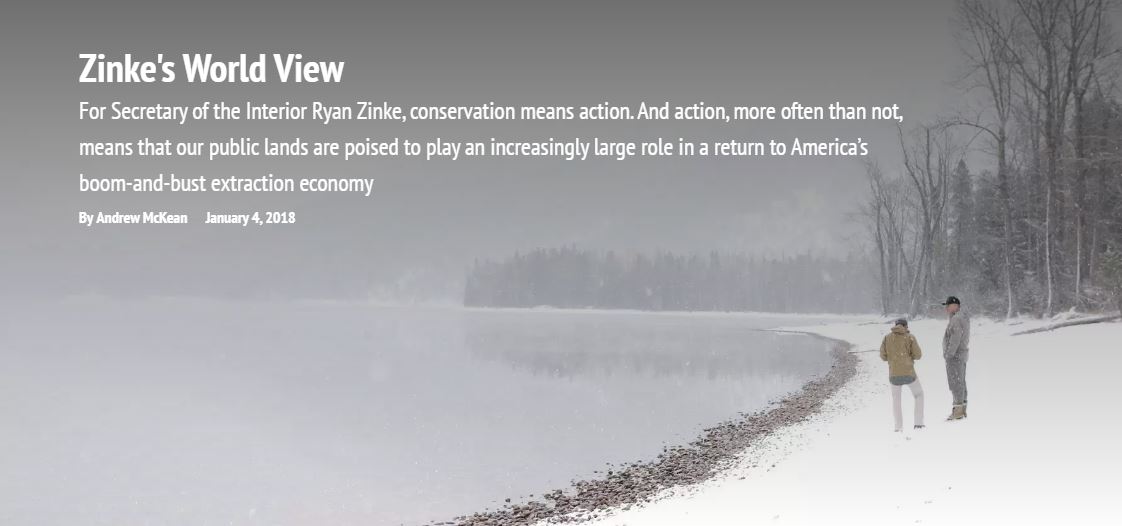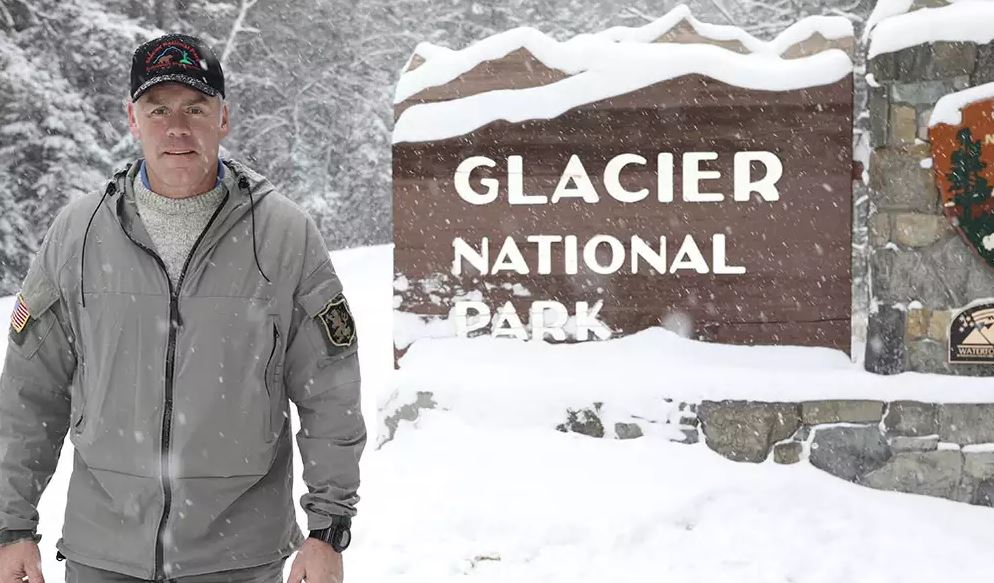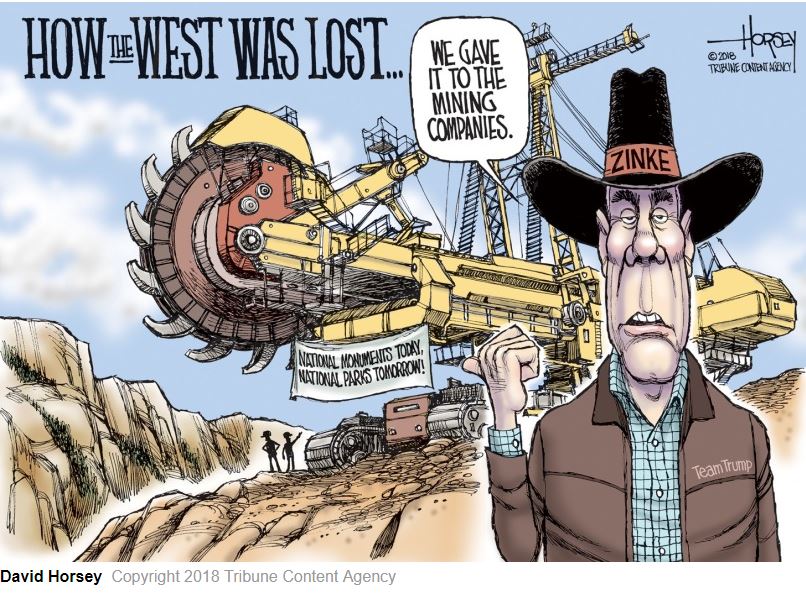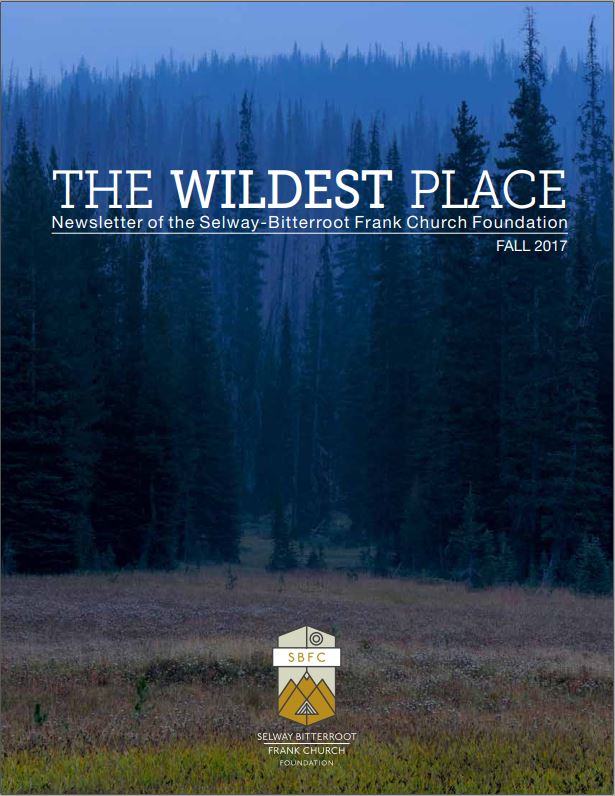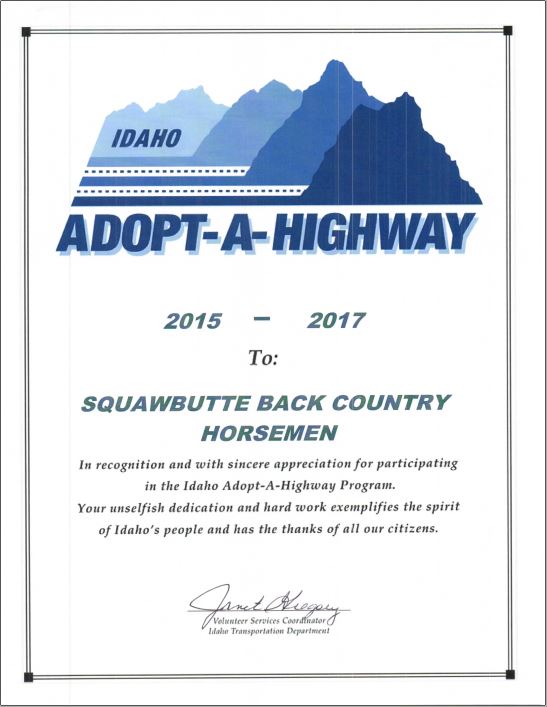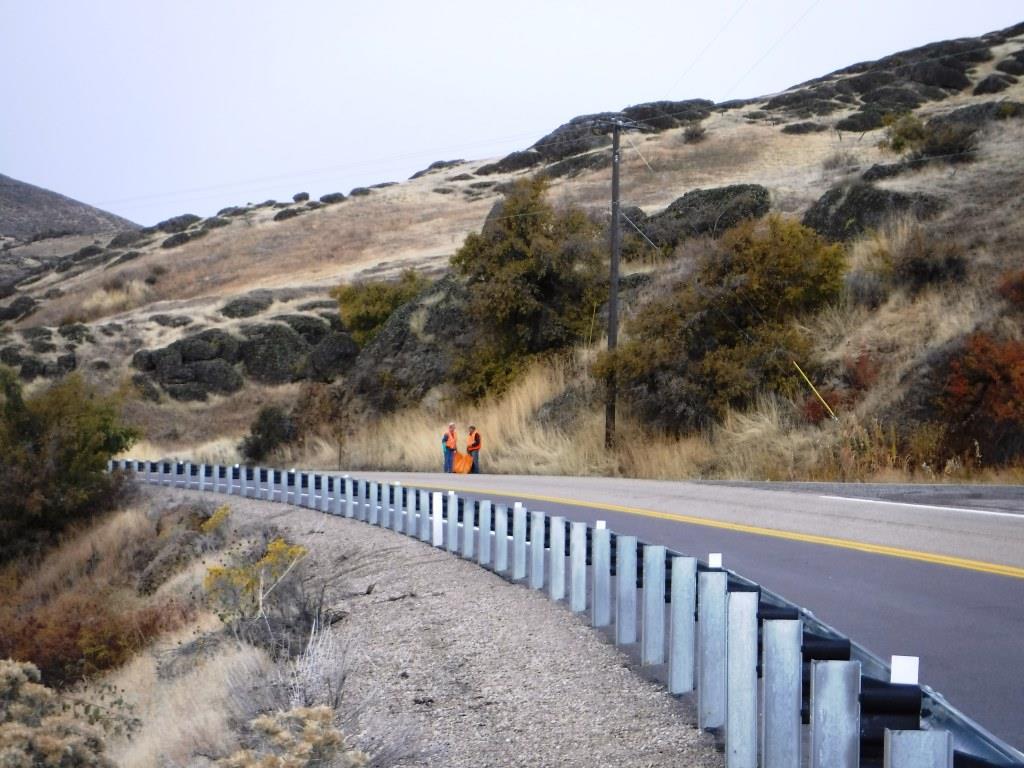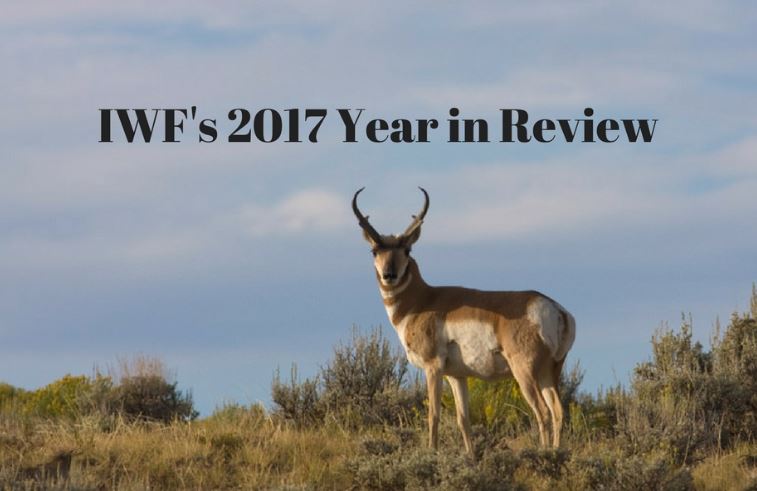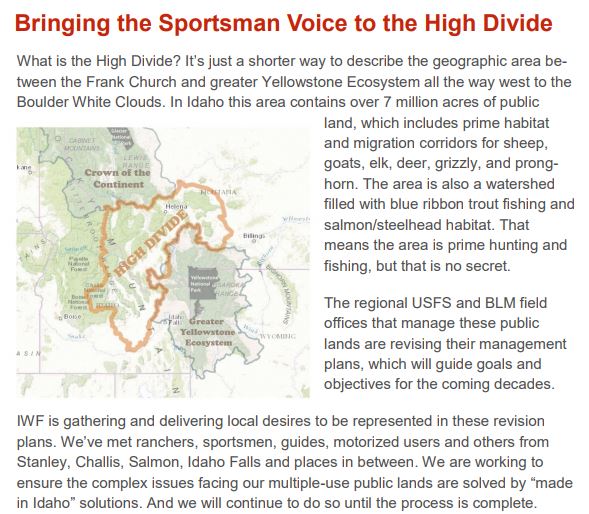New Mexico exemplifies the risk of managing lands at the whim of local interests.
by Tom Ribe Link to online Posting
Tom Ribe is a contributor to Writers on the Range, the opinion service of High Country News. He writes from his office in the wildland-urban interface in Santa Fe, New Mexico.
Two days after President Donald Trump signed an executive order reducing Grand Staircase-Escalante National Monument by half, Utah Republican Rep. Chris Stewart introduced a bill in the House that would put local politicians in charge of the public lands cut away from the monument.
One tenet of conservative public-land policy orthodoxy is that local control of public lands will improve the wellbeing of local residents. Yet the movement to auction off federal lands or transfer them to state or county control has repeatedly run aground because public lands are overwhelming popular among Americans. Other conservative efforts have been sought to neutralize federal agencies.
Stewart’s Grand Staircase-Escalante Enhancement Act is one of these new approaches. If passed by the House, it would create a ‘management council’ made up of seven local county commissioners and state legislators appointed by the president of the United States. One member would come from the Department of the Interior. The management council would set policy for two small Bureau of Land Management national monuments and one new national park and preserve under the jurisdiction of the National Park Service. The three areas lie within what once was the Grand Staircase-Escalante National Monument created by President Bill Clinton and managed by the BLM.
Stewart’s legislation states that federal land managers “shall adhere” to management plans created by the management council. If recent experience with a similar scheme at the Valles Caldera National Preserve in northern New Mexico is any guide, this approach is doomed to failure. Valles Caldera: About 1.25 million years ago, a spectacular volcanic eruption created the 13-mile wide circular depression now known as the Valles Caldera. The preserve is known for its huge mountain meadows, abundant wildlife, and meandering streams. The area also preserves the homeland of ancestral native peoples and embraces a rich ranching history.
In 2000, after a 100,000-acre private parcel surrounded by Forest Service and National Park Service land came up for sale near Santa Fe, public pressure encouraged the New Mexico congressional delegation to buy it for the public. But Sen. Pete Domenici, R-N.M., insisted that a presidentially appointed, mostly private-sector board of trustees set policy for the new preserve as an “experiment” in management. Federal employees would carry out the board’s policy.
Problems dogged the experiment from the start. Having the president appoint board members politicized the board. When Republicans controlled the House of Representatives, ranching-oriented board members were selected; when Democrats controlled the House, conservationists and academics ran the board. The federal staff had to answer to nine ever-changing bosses whose edicts sometimes conflicted with the federal laws that apply to public lands.
Stewart’s bill would ensure that only Republicans would be appointed to the management board — unless some seismic shift were to happen in Utah politics. Lands owned by all Americans would be governed by local people with local interests, and if the management council mandated policies that violated federal laws, the federal staff would have a choice of either violating the law or disobeying their local bosses. One can imagine the lawsuits likely to follow.
Stewart would clearly prefer to transfer these lands to county ownership. But that would run counter to strong public support for federal land management, and it would upset the tourism-oriented businesses that have thrived ever since Grand Staircase-Escalante National Monument began drawing tourists and boosting property values.
Stewart is hoping to mollify these business interests by creating a new little national park. Yet this so-called park mandates livestock grazing and hunting and trapping, and it would be controlled by state game officials and members of the management council. The mandates could force the National Park Service to violate its own Organic Act, opening up both the management council and the federal government to lawsuits.
Stewart’s bill, which has three co-sponsors from Utah, mandates livestock grazing “in perpetuity” on all the lands in question, but makes no mention of administrative costs or the collateral damage of livestock grazing in a rocky desert where little forage grows. Grazing can be mandated, but what happens when there’s a drought?
The public in New Mexico, after 15 years, was frustrated with the “seat of the pants” decision-making by the board of trustees at the Valles Caldera National Preserve. In 2015, Congress transferred the preserve to the National Park Service, which imposed its standard management structure.
Stewart’s bill, combined with Trump’s evisceration of the Grand Staircase-Escalante National Monument, may advance conservative public-lands ideology. But neither action advances the interests of the public, and both create far more problems than they pretend to solve.


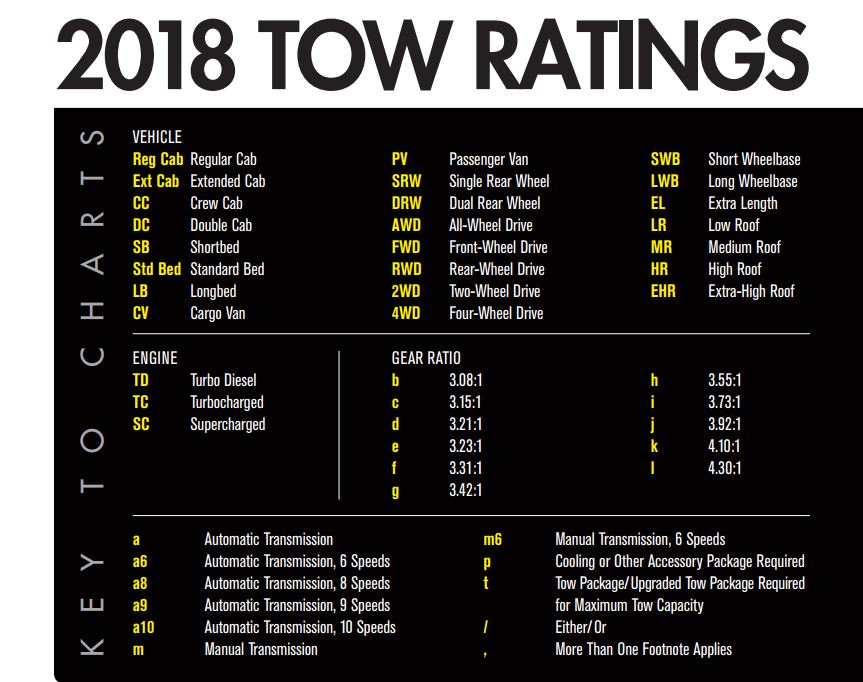
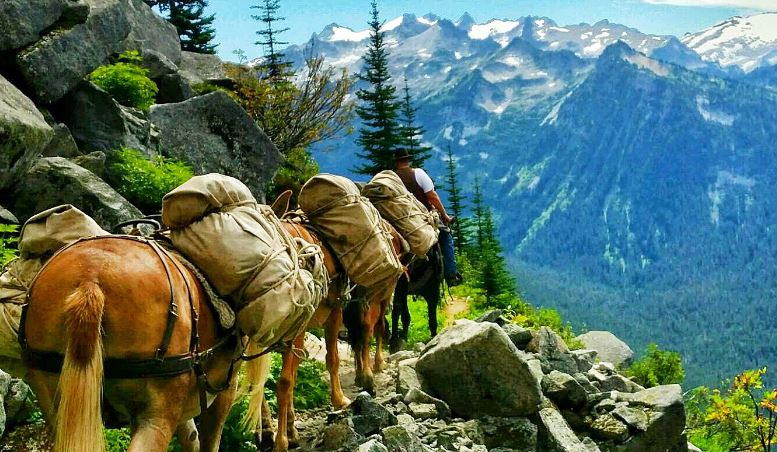
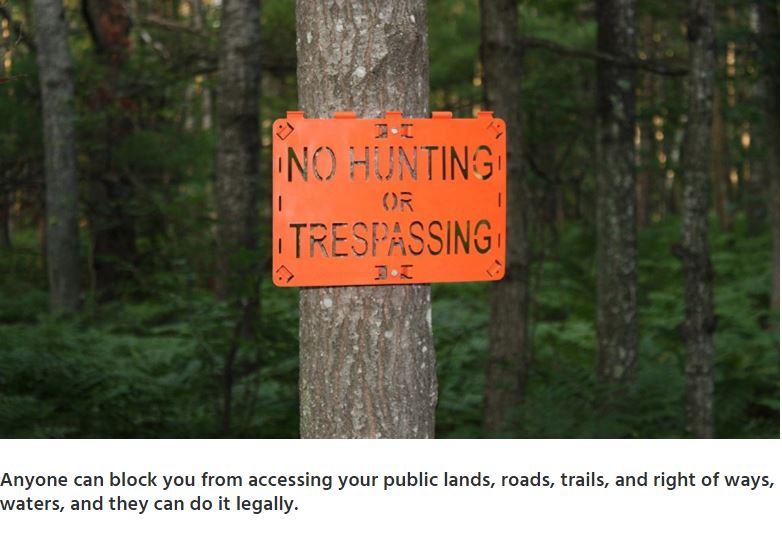

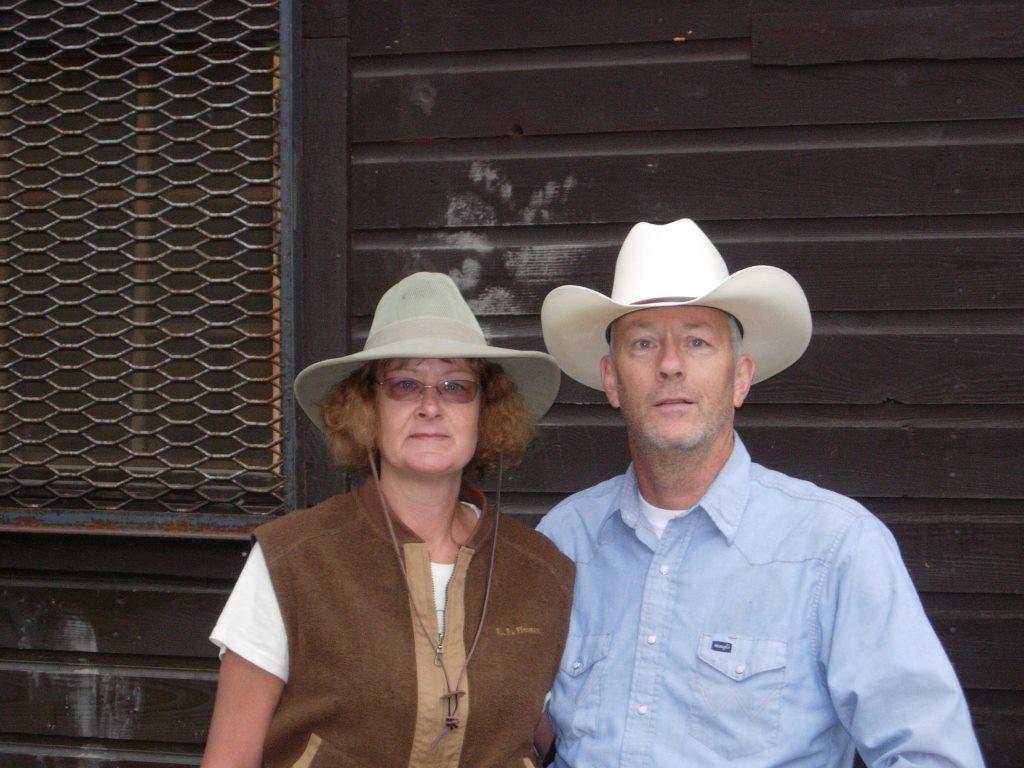
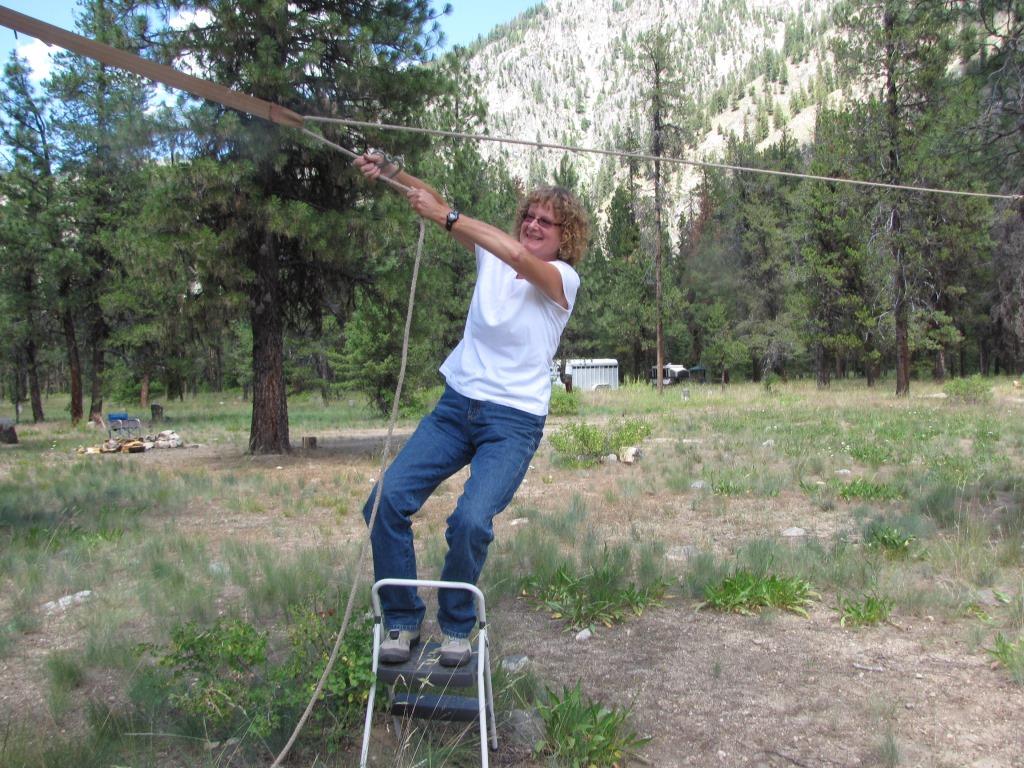
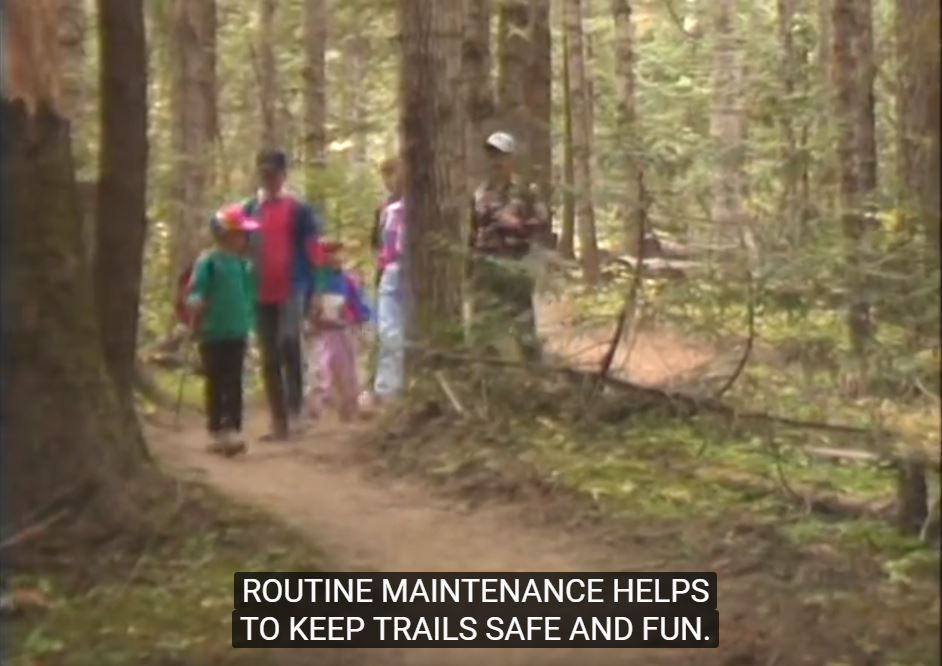
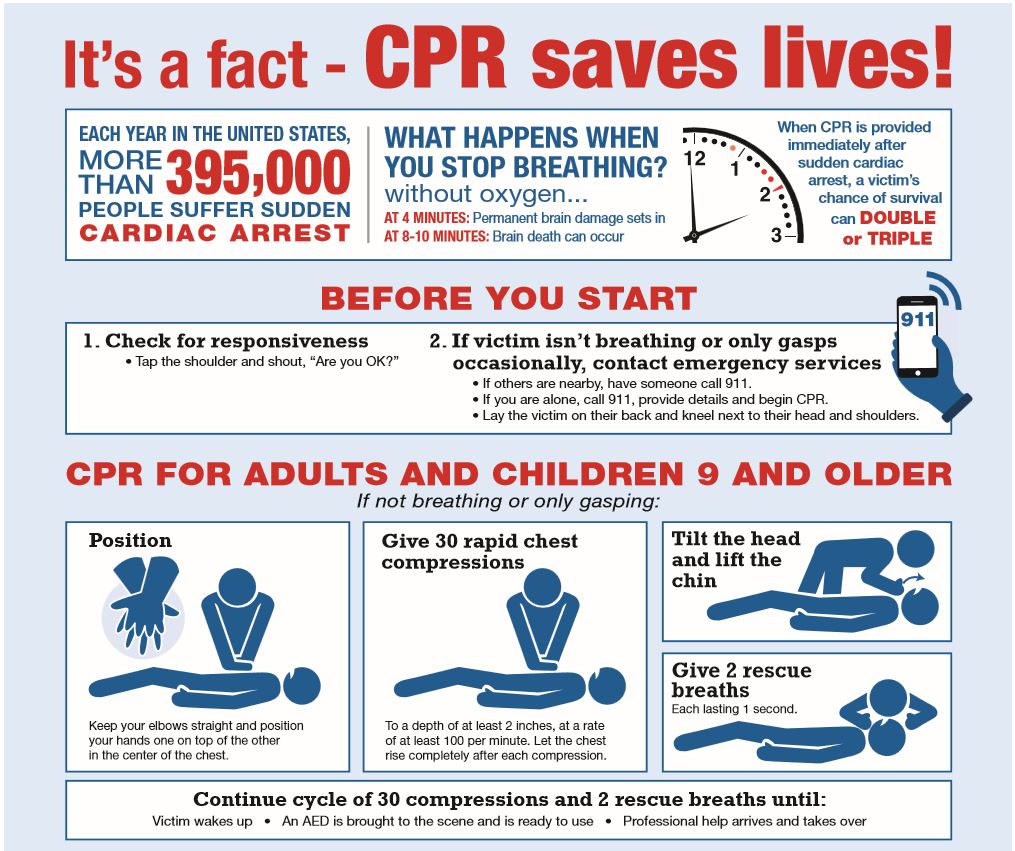
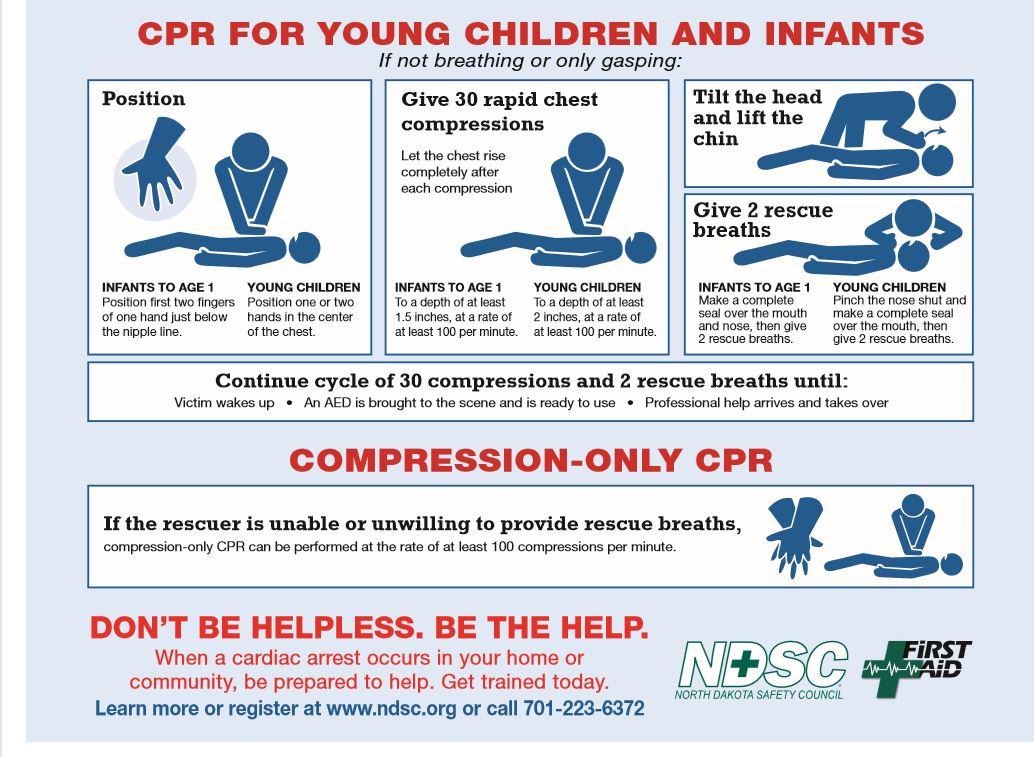 2017 Guideline for CPR – American Heart Association
2017 Guideline for CPR – American Heart Association